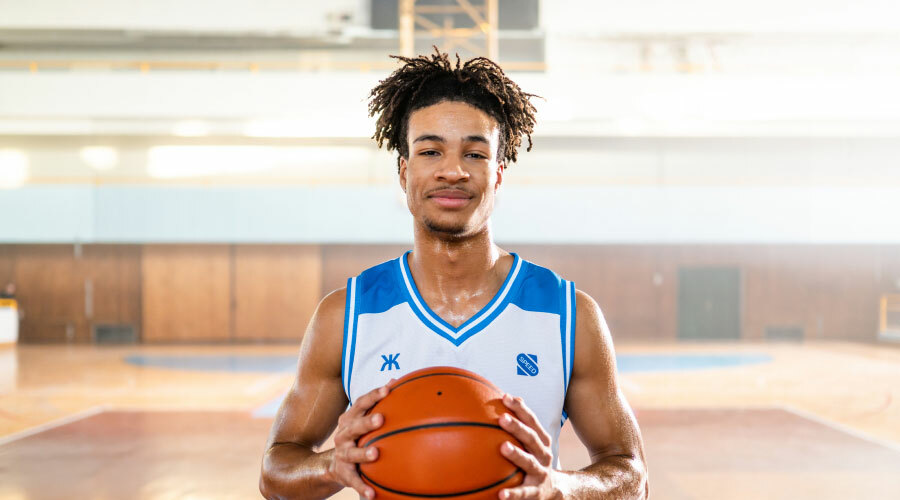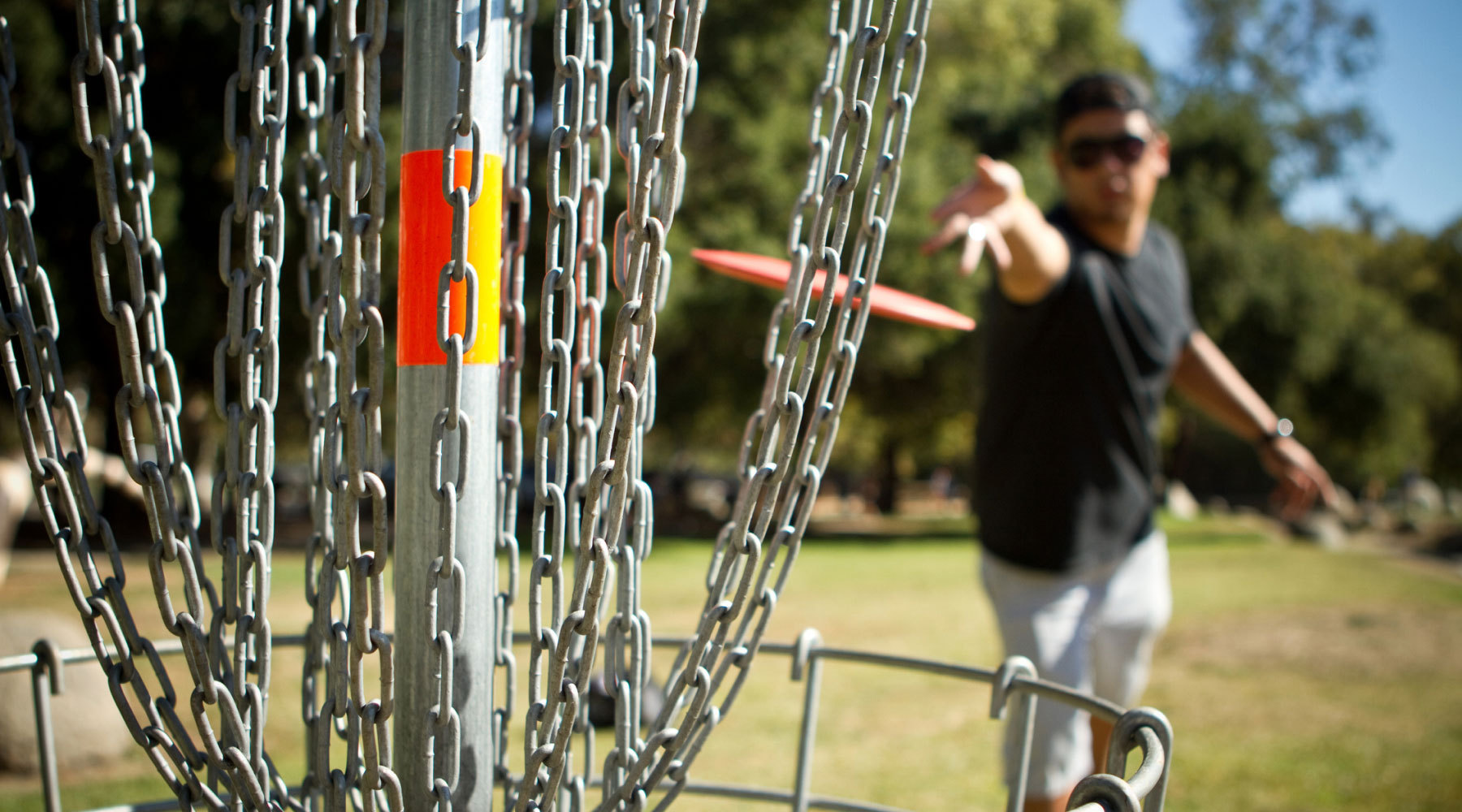
For young athletes, sports are more than just games, they are goals, friendships, structure, and often, the foundation of their identity. So when an injury sidelines them, it can feel like everything has come to a screeching halt. At Access Sports Medicine, we know that injuries in young athletes impact more than just the body. Recovery is just as much about emotional strength as it is physical healing.
Whether your child plays recreational sports on weekends or competes at a high level, here’s how to help them bounce back safely and confidently.
Building a Solid Recovery Plan
Every injury is different, but a good recovery process has one thing in common: it’s individually tailored and structured. Jumping back in too quickly can lead to a longer recovery period.
Step 1: Professional Evaluation
After an injury, getting a clear diagnosis is crucial. Our sports medicine specialists work closely with young athletes to determine the extent of their injury and create a personalized treatment plan that aligns with their specific sport, schedule, and goals.
Step 2: Physical Therapy that Fits the Athlete
Rehab should never be one-size-fits-all. Our physical therapists work with athletes to rebuild strength, flexibility, and coordination at a pace that promotes long-term healing. It’s not just about getting back in the game, it’s about coming back stronger.
Step 3: Progress Monitoring
Young bodies heal fast, but not always evenly. At Access Sports Medicine, we use tools like functional movement assessments to make sure healing is on track and that there aren’t any lingering imbalances that could delay a return to sports.
Don’t Overlook the Mental Game
When an injury keeps a young athlete off the field, it can take a toll on their confidence, motivation, and mood. In some cases, they may feel isolated or even anxious about rejoining their team.
Here are a few ways to support their emotional well-being during recovery:
- Keep them connected to their team with check-ins, team visits, or low-impact roles like helping with practice or stats
- Normalize frustration, let them know it’s okay to feel discouraged and remind them that recovery takes time. If stress, sadness, or anxiety becomes overwhelming, consider connecting with a mental health professional who understands athletes
- Celebrate small wins, whether it’s a pain-free movement or a good day in PT
- Encourage balance by helping them focus on other interests, hobbies, or school achievements
Returning to Play Without Re-Injury
The goal is not just to return to the sport, it’s to return ready. Here’s how to help your athlete play smart when they’re cleared to compete again:
- Ease back in gradually instead of going full throttle on day one
- Keep communication open between the athlete, coaches, parents, and medical team
- Prioritize warm-ups, cool-downs, and cross-training to support healthy movement and reduce stress on healing tissues
- Watch for warning signs; if pain or swelling returns, it’s worth checking in before pushing through
Preventing future injuries in young athletes often comes down to education, proper training, and listening to their bodies. With the right plan, they can recover fully and confidently step back into the game they love.
Is your young athlete dealing with an injury or looking for a smart return-to-play plan?
Book an appointment with Access Sports Medicine today.


